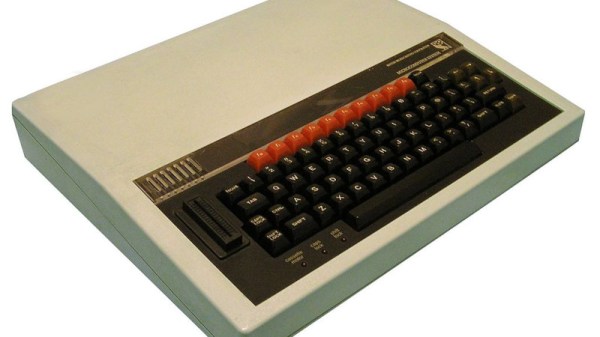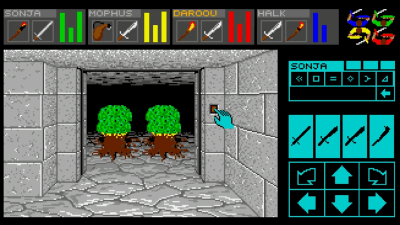When floppy disks were the data storage medium of choice, software companies and in particular game developers came up with ever more inventive ways to make them difficult to copy. Tinkering at the edges of the disc format standards didn’t come cheap though, and for example the Dungeon Master game for the Atari ST was reported as using $40,000 worth of custom hardware to achieve its so-called “fuzzy bit” technique. [Chris Evans] set out to recreate it, not by building a modern version of the custom hardware, but by doing it the hard way, with an early-1980s 8-bit BBC Micro home computer.
One could be forgiven for thinking that a computer sporting a 2 MHz 6502 would be unable to manage this task without extra hardware, and were it simply the 6502 itself you would of course be right. So to get anywhere he had to get creative with the Beeb’s built-in peripherals. Eschewing the floppy controller it was hooked up directly to the parallel port, and after a voltage problem courtesy of the drive’s termination resistors we’re taken through some of the 6522 VIA’s different modes in order to achieve a higher speed data burst than would normally be possible. All of these approaches hit the buffers though, until he looks at the 6845 video chip and uses its video output as a very fast shift register. With a custom cable and some work on special video modes, a home computer that would have cost several hundred dollars in the early 1980s can do the work of $40,000 custom hardware from later in the decade. Colour us impressed!
If you’d like to know more about the Dungeon Master copy protection, we’ve been there in the past.
BBC Micro header image: StuartBrady / Public domain.














